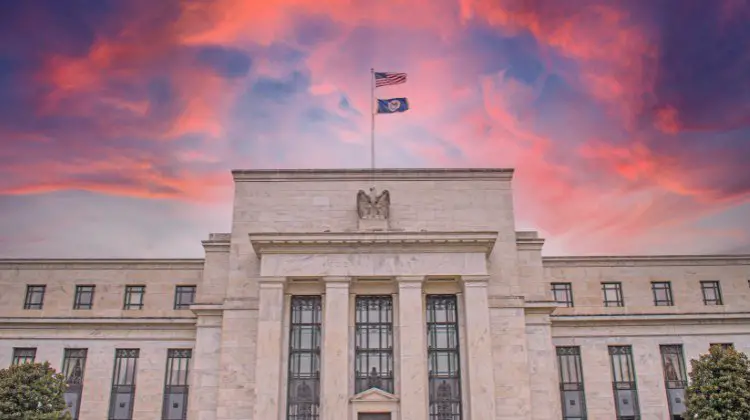In recent times, the Federal Reserve’s decision to hike interest rates has been a topic of heated discussion. With a series of increases since early 2022, rates have soared from near 0% to approximately 5.25%. While this move aims to tame inflation, its impact on the average consumer’s wallet is complex and worth exploring.
Understanding the Fed Rate Hikes
The Federal Reserve, often referred to simply as the Fed, plays a pivotal role in the U.S. economy. Its decisions on interest rates can sway everything from the stock market to your savings account. By increasing the federal funds rate, the cost of borrowing rises. This is intended to slow down spending and, consequently, reduce inflation.
The Unintended Consequences
Interestingly, the effects of these rate hikes are not as straightforward as one might think. A fascinating perspective comes from Travis Cocke and his team at Voss Capital. They argue that the current situation, with higher short-term rates, may actually be adding more money to the pockets of many consumers and companies, rather than less.
How is this possible?
The Low Long-Term Rate Lock-In
During the years of nearly zero interest rates, many consumers and businesses took advantage of these conditions. They locked in low long-term rates for mortgages and bonds. Now, with the Fed increasing short-term rates, these long-term debts aren’t affected, as their rates are already fixed.
Cash Holdings and Interest Income
Many people and businesses have significant amounts of cash in banks (via CDs and high yield savings accounts) or money market funds. With the rise in interest rates, these holdings are now generating more interest income than before. In essence, for those with substantial savings, the rate hikes have unexpectedly boosted their interest earnings.
High-Yield Savings, Money Market Funds, and Short-Term Treasuries
For savers, this environment has turned into an unexpected boon. High-yield savings accounts, money market funds, and short-term treasuries are now offering higher returns thanks to the increased rates. These instruments, traditionally seen as safe havens for cash, are becoming more attractive for those looking to park their money with a decent return.
The Housing Market Twist
The rate hikes have a peculiar impact on the housing market. High mortgage rates have led to a reduced supply of homes for sale. Many homeowners are reluctant to give up their low-rate mortgages, resulting in a shortage of available homes and a seller’s market. This, in turn, keeps housing prices elevated, contributing further to inflation, especially since housing costs are a major component of inflation calculations.
The Consumer Financial Picture
According to Voss Capital, the overall financial impact of rising rates on consumers is minimal compared to the annual U.S. consumer spending of about $19 trillion. They argue that the main impact of higher rates has been to restrict new real estate development, exacerbating the imbalance between supply and demand in the housing market.
The Unequal Impact of Rate Hikes
However, not everyone benefits equally from this situation. Those on the lower rungs of the socioeconomic ladder, including many blue-collar workers and younger professionals, are disproportionately affected. They are less likely to have fixed-rate mortgages and more likely to be affected by restricted housing supply and higher short-term borrowing rates, such as on credit cards.
Voss Capital’s Viewpoint
Voss Capital, with significant assets under management and a history of outperforming the market, suggests that higher rates might be more inflationary in the medium term than counter-inflationary. They advocate for lower rates to spur real estate supply, helping to stabilize prices and rents.
Wrapping It Up
So, are the Fed’s rate hikes putting more money in your pocket? The answer is nuanced. For those with fixed low-rate debts and significant savings, the rate hikes might indeed be a financial windfall. But for others, particularly those without these advantages, the situation is less rosy.
What’s clear is that the economic landscape is intricate and ever-evolving. While the Fed’s actions aim to steer the economy towards stability, their ripple effects can be varied and surprising. As consumers and investors, staying informed and adaptable is crucial in navigating these financial waters.










Reader Interactions